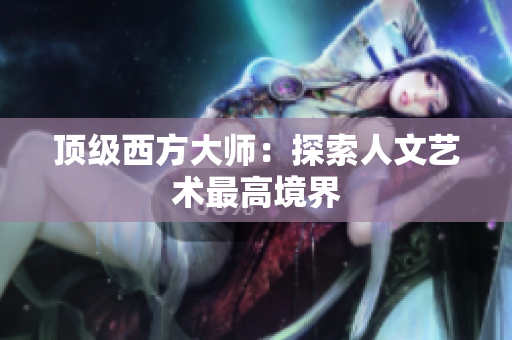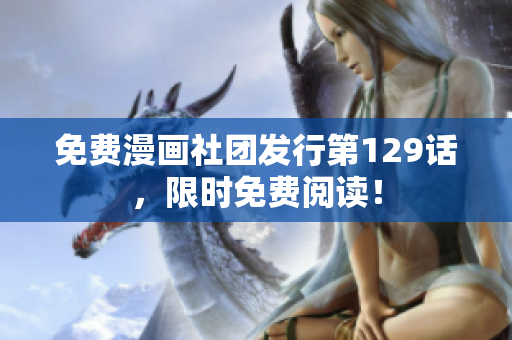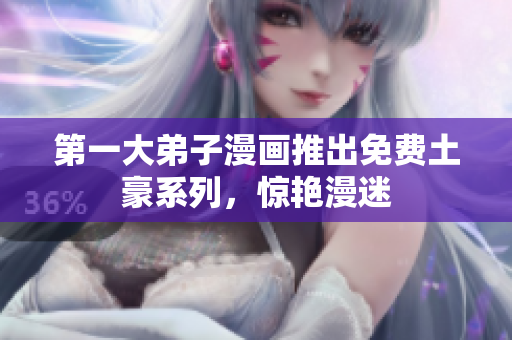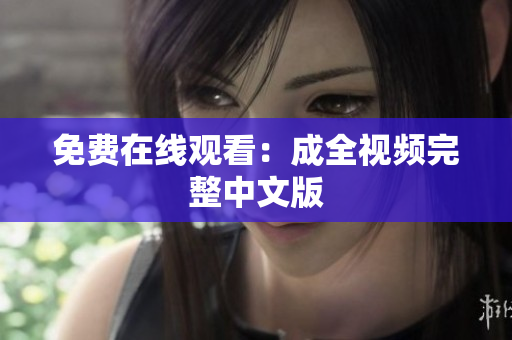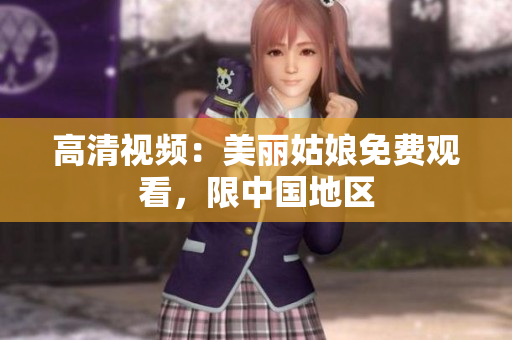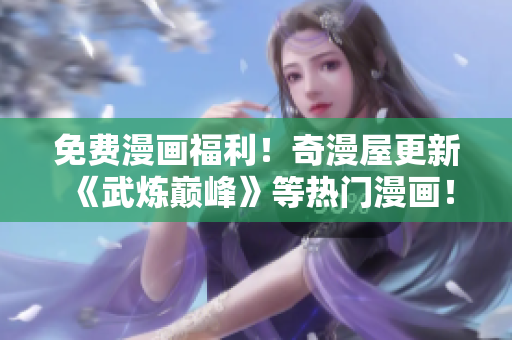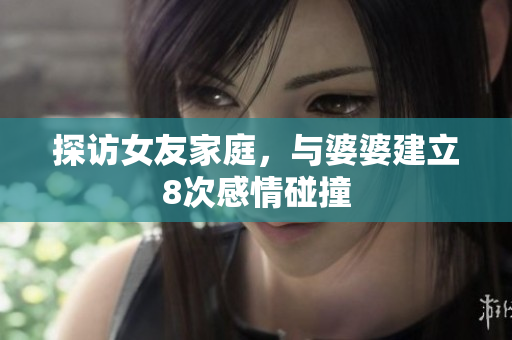Introduction
The world of art and culture is vast and complex. From world-renowned works of Western art to the latest advancements in technology such as 5G, there is always something new to explore and discover. However, with the pressures of academic studies and social obligations, it can be challenging to navigate through these different arenas. This article aims to provide guidance on how to balance the demands of school, technology, and personal interests, while also examining the cultural and societal implications of select topics, such as gaming, education, and regional differences.
Top Western Art Masterpieces
The Western canon of art has a long and storied history, spanning several centuries. Some of the most iconic and influential pieces include Leonardo da Vinci's Mona Lisa, Michelangelo's Sistine Chapel ceiling, and Vincent van Gogh's Starry Night. These works inspire awe and admiration, not only for their technical beauty but also for the historical, philosophical, and emotional themes they convey.
Although it can be overwhelming to appreciate such works as a student, art has the power to enrich and expand one's understanding of the world. Taking a few minutes each day to explore a new artist or work can be a great way to refresh yourself, both mentally and creatively.
The Emergence of 5G Technology
5G has been touted as a game-changer in the tech industry, and for good reason. It promises to revolutionize how we interact with the internet, increasing broadband speeds and enabling new applications such as virtual reality and self-driving cars. However, as with any new technology, there are also concerns about the potential negative effects on privacy, security, and social interactions.
As students, we can leverage 5G's capabilities to enhance our learning experiences. For example, remote learning and online studying can become much smoother with reliable and fast internet connections. However, we also need to be aware of the potential distractions that come with the internet. Setting healthy boundaries and routines for technology use can help us stay focused and productive.
Managing School and Personal Interests
Maintaining a balance between academic obligations and personal interests can be tricky. Many students feel overwhelmed and stressed out, as the opportunities for extracurricular activities, hobbies, and socializing compete with the pressures of schoolwork. However, it's important to make time for your passions, as they can provide essential outlets for creativity and self-care.
One challenge for students can be finding the right balance between gaming and academic responsibilities. While games can be a fun and engaging way to unwind, they can also be highly addictive. Setting clear boundaries for game time, such as limiting yourself to specific hours or days of the week, can help you stay focused on your studies.
Educational Challenges in Different Regions
Education is a critical part of personal and societal development, and yet it is not equally accessible or effective in all regions. For example, in some parts of Southeast Asia, education may be limited due to a lack of resources such as qualified teachers, school infrastructure, and funding. This can result in lower literacy rates, reduced job opportunities, and limited social mobility.
As students, we can play a role in supporting educational initiatives in these regions. This might include volunteering with local organizations, advocating for policy changes, or donating to educational programs. By contributing to these efforts, we can help ensure that everyone has access to the resources and opportunities necessary for a fulfilling life.
Conclusion
From studying classic works of art to navigating the complexities of technology and society, being a student can be both challenging and rewarding. By taking a proactive and balanced approach, we can gain a deeper appreciation for the world and ourselves. Balancing school and personal interests, setting technology boundaries, and supporting educational initiatives are all ways in which we can make a positive impact on ourselves and our communities.

